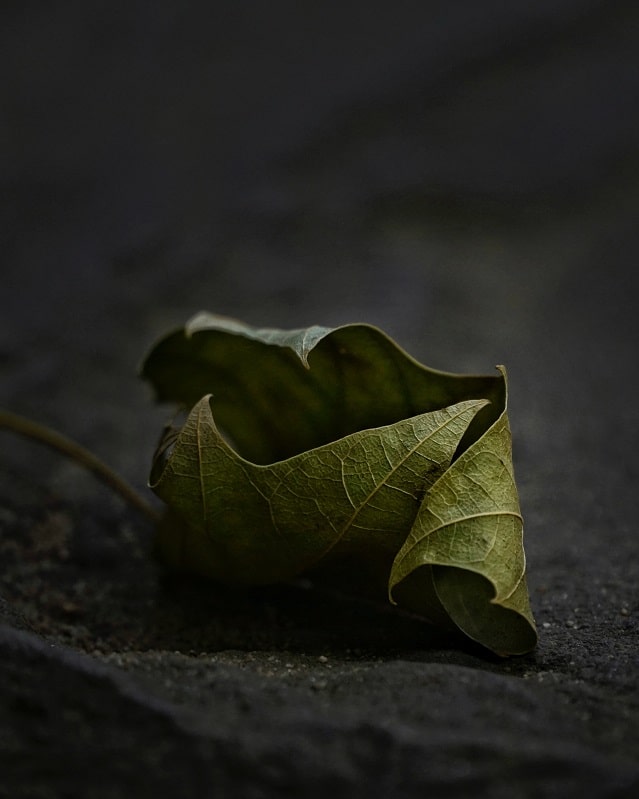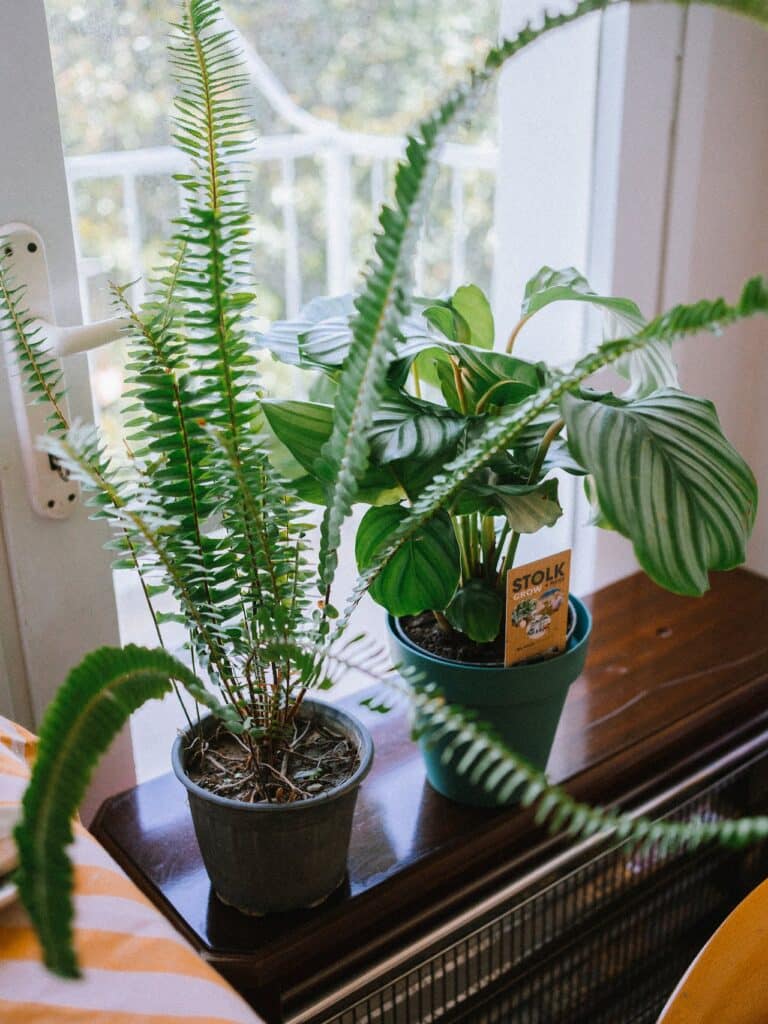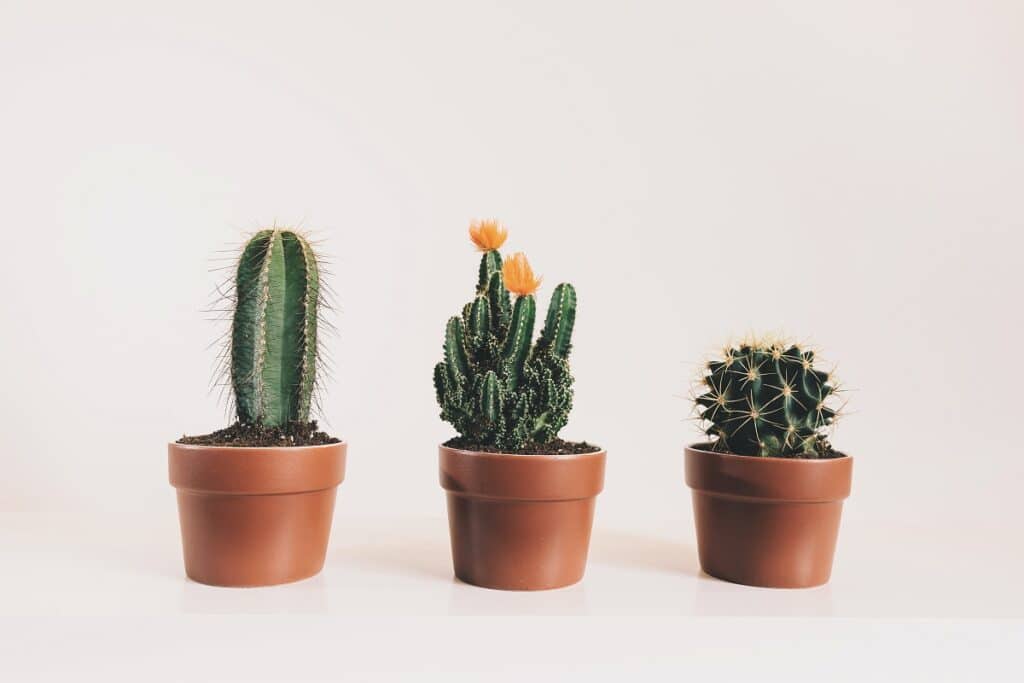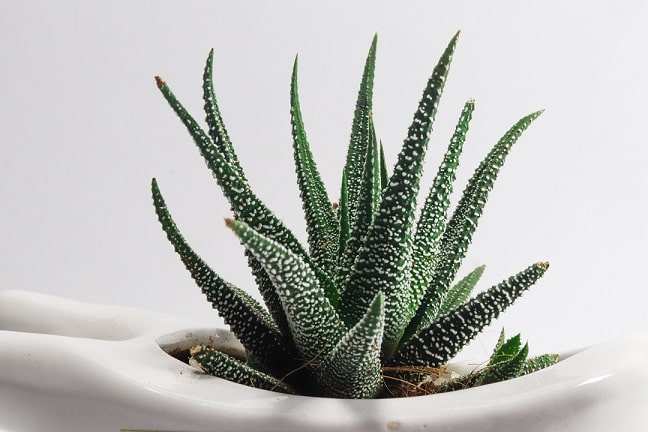So you’ve noticed that your beloved plant is suddenly turning black, and you’re left wondering what on earth could be causing this alarming change.
The color shift in your plant’s leaves or stems can be a cause for concern but fear not because we’re here to shed some light on this mysterious phenomenon. In this article, we’ll explore the various possible reasons why your plant might be turning black, helping you identify the culprit and find solutions to restore your plant’s vibrant greenery.
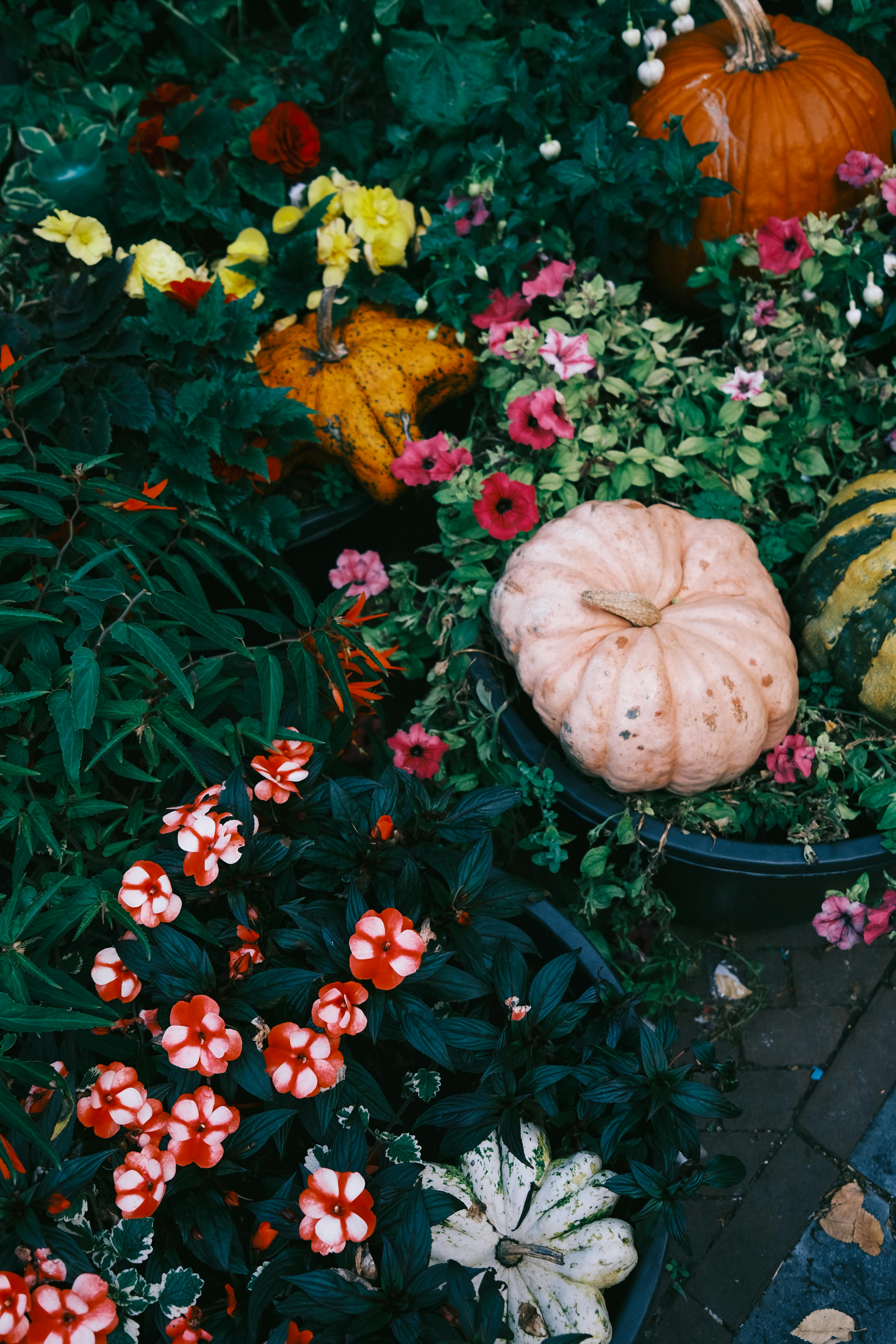
So Why Is My Plant Turning Black?
If you’ve noticed that your plant is turning black, don’t panic just yet. While it can be disheartening to see your beloved plant struggling, there are several common causes for this blackening phenomenon. In this article, we’ll explore the various reasons why your plant may be turning black and discuss how to identify the problem. We’ll also provide solutions and prevention tips to help you revive and maintain the health of your plants.
Common Causes of Blackening
Overwatering
One of the most common causes of blackening in plants is overwatering. When you provide your plant with excess water, the roots become saturated and lack access to oxygen. This leads to root rot, a condition in which the roots turn black and mushy. As a result, the plant may exhibit blackened or wilted leaves.
Fungal Infections
Fungal infections can also cause blackening in plants. Pathogens such as Pythium or Phytophthora can attack the roots and stems, turning them black. These infections can spread rapidly and may cause additional symptoms like yellowing leaves, stunted growth, or a foul odor.
Root Rot
As mentioned earlier, root rot is a consequence of overwatering and can lead to blackening in plants. The excess moisture deprives the roots of oxygen, causing them to deteriorate. Over time, the roots turn black and mushy, compromising the plant’s ability to absorb water and nutrients and leading to further damage.
Inadequate Drainage
A lack of proper drainage in your plant’s soil can contribute to blackening. If water pools at the base of your plant and doesn’t drain away, it can saturate the roots and result in oxygen deprivation. This, in turn, can cause root rot and blackened foliage.
Excessive Heat or Cold
Extreme temperatures can have adverse effects on plant health. Excessive heat can scorch leaves and cause blackening, while extreme cold can freeze and damage plant tissues. Temperature stress can weaken plants and make them more susceptible to other issues, such as infections or nutrient deficiencies.
Pests and Diseases
Certain pests and diseases can cause blackening in plants. For example, aphids or spider mites can sap plant fluids, leading to wilting and blackened leaves. Furthermore, diseases like powdery mildew or bacterial infections can cause black spots or overall blackening on leaves and stems.
Nutrient Deficiency
When plants lack essential nutrients, it can manifest in various ways, including blackening. For instance, a calcium deficiency can cause blackened spots or edges on leaves, known as blossom end rot in tomatoes. Nutrient deficiencies weaken plants and make them more susceptible to other issues.
Chemical Damage
Exposure to certain chemicals, such as herbicides or pesticides, can cause blackening in plants. Chemical burns may appear as necrotic, blackened areas on foliage or stems. It’s crucial to carefully follow instructions when using any chemicals near your plants to avoid unintentional damage.
Lighting Problems
Light plays a vital role in the growth and development of plants. Insufficient or excessive light can both lead to blackening. Insufficient light can weaken plants, making them more prone to infections or nutrient deficiencies, while excessive light can cause sunburn and blackening of leaves.
Transplant Shock
When you transplant a plant into a new pot or location, it can undergo transplant shock. This is a period of stress where the plant adjusts to its new environment, often resulting in blackening or wilting of leaves. With proper care, plants can recover from transplant shock and regain their health.

Identifying the Problem
To effectively address the blackening of your plant, it’s essential to identify the underlying problem. Here are some steps you can take to identify the cause:
Visual Inspection
Begin by visually inspecting your plant, looking for any blackened or wilted leaves, stems, or roots. Take note of any additional symptoms such as yellowing, spots, or pest infestations. These visual cues can provide valuable clues to the underlying issue.
Checking Soil Moisture
Assess the moisture level in your plant’s soil. Stick your finger an inch or two into the soil. If it feels excessively wet, it may indicate overwatering or inadequate drainage. On the other hand, dry and compacted soil could point to underwatering or lack of moisture retention.
Root Examination
Gently remove the plant from its pot and examine the roots. Healthy roots should be firm and white. If they appear black, mushy, or have a foul odor, root rot may be the cause of the blackening. Additionally, check for any signs of pests or fungal infections in the root system.
Environmental Assessment
Consider the environmental conditions your plant is exposed to. Evaluate factors such as temperature, humidity, light levels, and air circulation. Extreme temperatures, low humidity, insufficient or excessive light, or poor air circulation can all contribute to blackening.
Pest and Disease Inspection
Inspect your plant for any signs of pests or diseases. Look for insects, webs, or other indications of pest infestations. Pay attention to any visible symptoms like spots, discoloration, or lesions, which could indicate a disease or fungal infection.
Nutrient Analysis
Consider whether your plant is receiving adequate nutrients. Assess its overall health and check for any specific nutrient deficiency symptoms, such as blackened edges or spots on leaves. Nutrient deficiencies can often be corrected with appropriate fertilization.
Reviewing Recent Changes
Think back to any recent changes in your plant’s care routine or environment. Have you changed watering practices, repotted the plant, or introduced new chemicals? These changes can sometimes be the trigger for blackening. Identifying recent changes can help pinpoint the cause more accurately.
Solutions and Prevention
Once you have identified the cause of your plant’s blackening, you can take the necessary steps to address the issue. Here are some solutions and prevention methods for common causes of blackening:
Adjusting Watering Practices
If overwatering is the culprit, adjust your watering practices accordingly. Allow the soil to dry out slightly between waterings and ensure that the pot has adequate drainage holes. Avoid waterlogging the roots, as this can lead to root rot and blackening.
Treating Fungal Infections
To treat fungal infections, remove any affected parts of the plant, such as blackened leaves or stems. Apply a fungicide recommended for the specific infection and follow the instructions carefully. Improve ventilation around the plant to reduce humidity and prevent further fungal growth.
Addressing Root Rot
If root rot is present, it’s important to take immediate action. Remove the plant from its pot, gently wash the roots to remove the decayed parts, and allow them to dry. Repot the plant in fresh, well-draining soil, ensuring that the new pot has proper drainage. Adjust watering practices to prevent future root rot.
Improving Drainage
For plants suffering from inadequate drainage, repot them in a pot with additional drainage holes or consider using a well-draining soil mix. This allows excess water to drain away more efficiently and prevents waterlogged roots.
Providing Optimal Temperature
Maintain appropriate temperature levels for your plants. Avoid exposing them to extreme heat or cold. Provide shade or move them to a more suitable location if necessary. Additionally, ensure good air circulation around the plants to prevent temperature buildup and potential blackening.
Controlling Pests and Diseases
For pest infestations, identify the specific pest and employ appropriate control measures. This might include manually removing pests, using organic insecticides, or introducing beneficial insects that prey on pests. For diseases, follow the recommended treatment methods, such as applying fungicides or removing infected parts.
Correcting Nutrient Deficiencies
Address nutrient deficiencies by fertilizing your plant with a balanced, appropriate fertilizer. Provide the necessary nutrients in the correct proportions to promote healthy growth and prevent blackening due to nutrient deficiencies. Regularly monitor and adjust fertilization to meet your plant’s needs.
Avoiding Chemical Damage
Take care to avoid chemical damage by carefully following instructions when using herbicides, pesticides, or other chemicals near your plants. Shield your plants from potential drifting or splashing of chemicals, as this can cause blackening or burns on leaves and stems.
Optimizing Lighting Conditions
Assess lighting conditions and ensure your plants are receiving the appropriate intensity and duration of light. If insufficient light is the problem, consider moving your plant to a brighter location or supplementing it with artificial lighting. If excessive light is causing blackening, provide shade or adjust the light exposure accordingly.
Minimizing Transplant Shock
To minimize transplant shock, be gentle when repotting or moving your plant. Ensure that the new environment is similar to the previous one in terms of light, temperature, and humidity. Provide extra care and attention during the recovery period to help the plant adapt to its new surroundings.
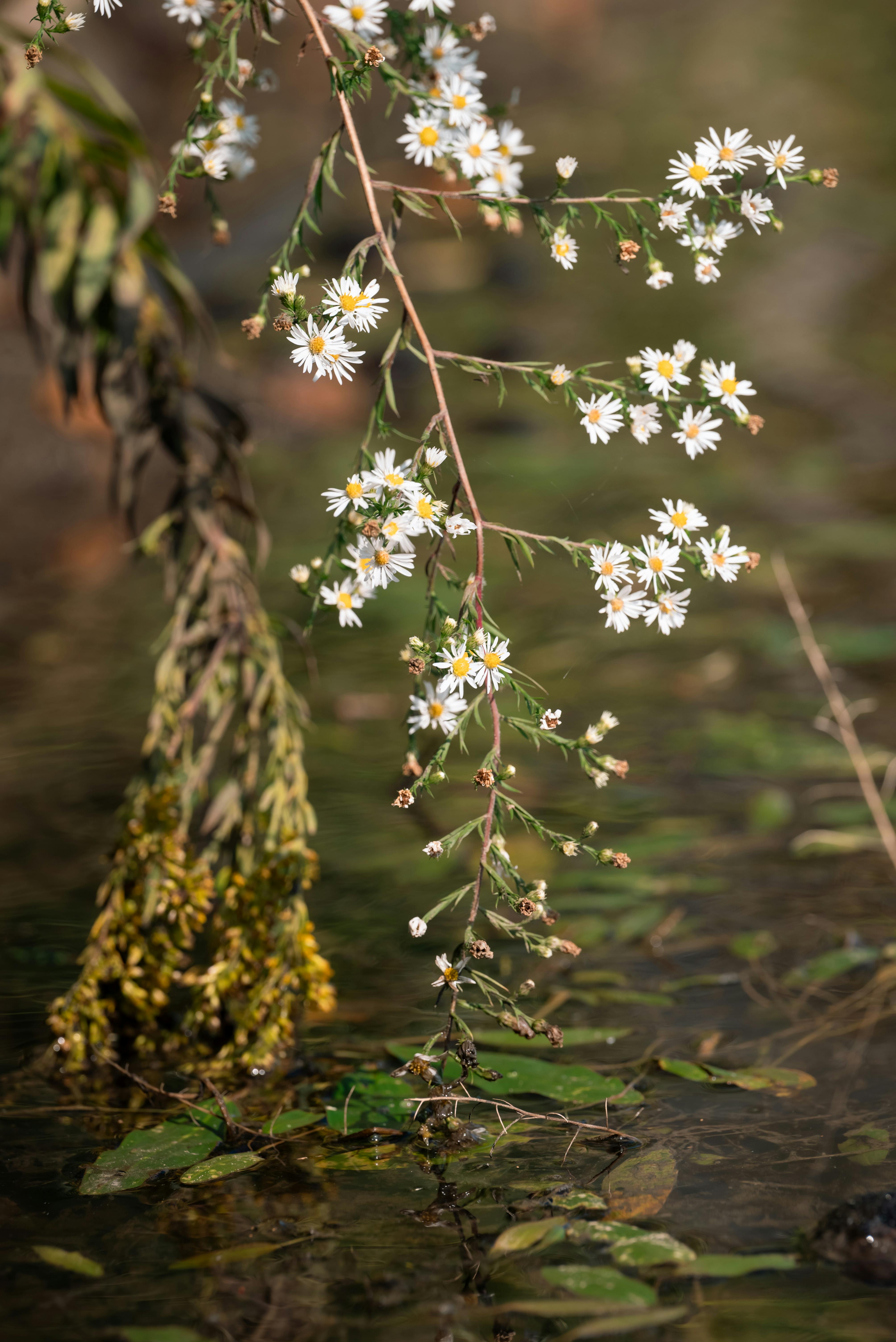
When to Seek Professional Help
While many plant issues can be resolved with proactive measures, there are instances where professional help may be necessary. If your plant’s blackening persists despite your best efforts, or if you require expert guidance for accurate diagnosis and treatment, consult a horticulturist, arborist, or specialized plant doctor.
Conclusion
Seeing your plant turn black can be alarming, but by identifying the cause and taking appropriate action, you have a good chance of nursing it back to health. Overwatering, fungal infections, root rot, inadequate drainage, temperature extremes, pests, nutrient deficiencies, chemical damage, lighting problems, and transplant shock can all lead to plant blackening. By carefully inspecting your plant, assessing its environment, and employing the right solutions, you can help your plant recover and prevent future blackening issues. Remember, with a little care and attention, your plants can thrive and bring beauty to your indoor or outdoor space.

